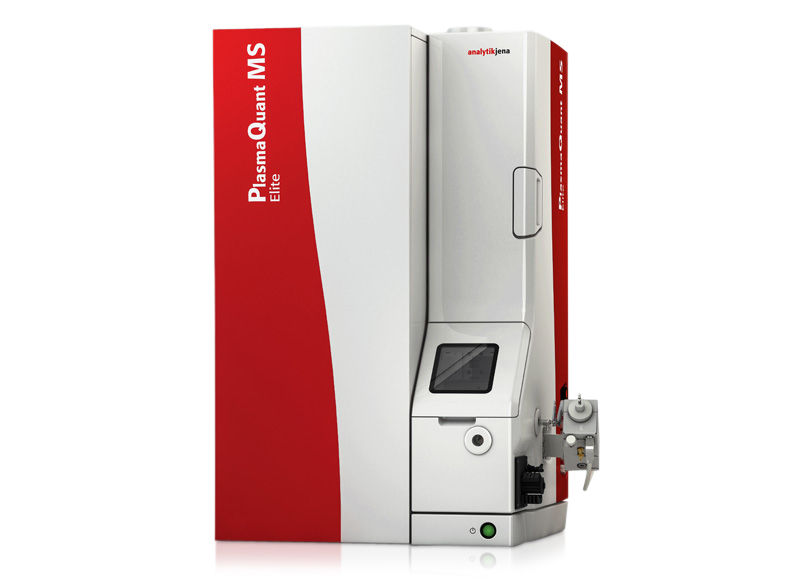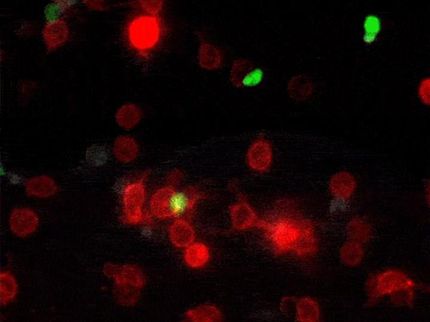Unique immune-focused AI model creates largest library of inter-cellular communications
New data represents the largest ever analysis of immune cell signaling research, mapping more than 3,000 previously unlisted cellular interactions, and yielding the first ever immune-centric modular classification of diseases. These data serve to rewrite the reference book on immune-focused inter-cellular communications and disease relationships.

This image shows immune-focused disease module comparisons.
Nature Biotechnology
The immune system is highly complex and dynamic, and with a new immunology paper published every 30 minutes, there is no practical way for a human to grapple with the sheer size and diversity of the field. As this body of data grows, machine learning methods will be the only practical way of fully leveraging all the efforts being made to advance immunology and science in general.
Standardizing and contextualising the full body of cell-cytokine relationships is vital in our ability to broaden immune system understanding. Based on this curated knowledge base, 355 hypotheses for entirely novel cell-cytokine interactions were generated through the application of validated prediction technologies.
These alone, represent discoveries born out of a better contextual understanding of existing immune system knowledge. This potential becomes even more powerful when such knowledge can be integrated with other rich data sources and AI technologies to generate significant new clues in the fight against disease.
"Given the dominant role the immune system plays in disease, an immune-centric view takes us towards a better understanding of disease mechanisms." Said Professor Shai Shen-Orr, PhD., Chief Scientist at CytoReason and Director of Systems Immunology at the Technion. "These data demonstrate that valuable, validated, predictions are possible just by mining and learning from existing papers. This ability grows exponentially when you integrate it with other prediction technologies and additional data sets."
"This important piece of work changes the paradigm in what can be predicted when you interfere with a particular receptor, molecule or cell - specific to a disease or tissue. This work, combined with our Cell-Centred Model, doesn't just describe what happens between the cells etc, but also defines who initiates and who acts on it - this is the key to the uniquely 3-dimensional view of the immune system that CytoReason builds."
Original publication
Ksenya Kveler, Elina Starosvetsky, Amit Ziv-Kenet, Yuval Kalugny, Yuri Gorelik, Gali Shalev-Malul, Netta Aizenbud-Reshef, Tania Dubovik, Mayan Briller, John Campbell, Jan C Rieckmann, Nuaman Asbeh, Doron Rimar, Felix Meissner, Jeff Wiser & Shai S Shen-Orr; "Immune-centric network of cytokines and cells in disease context identified by computational mining of PubMed"; Nature Biotechnology; 2018
Original publication
Ksenya Kveler, Elina Starosvetsky, Amit Ziv-Kenet, Yuval Kalugny, Yuri Gorelik, Gali Shalev-Malul, Netta Aizenbud-Reshef, Tania Dubovik, Mayan Briller, John Campbell, Jan C Rieckmann, Nuaman Asbeh, Doron Rimar, Felix Meissner, Jeff Wiser & Shai S Shen-Orr; "Immune-centric network of cytokines and cells in disease context identified by computational mining of PubMed"; Nature Biotechnology; 2018
Topics
Organizations
Other news from the department science

Get the analytics and lab tech industry in your inbox
By submitting this form you agree that LUMITOS AG will send you the newsletter(s) selected above by email. Your data will not be passed on to third parties. Your data will be stored and processed in accordance with our data protection regulations. LUMITOS may contact you by email for the purpose of advertising or market and opinion surveys. You can revoke your consent at any time without giving reasons to LUMITOS AG, Ernst-Augustin-Str. 2, 12489 Berlin, Germany or by e-mail at revoke@lumitos.com with effect for the future. In addition, each email contains a link to unsubscribe from the corresponding newsletter.
Most read news
More news from our other portals
Last viewed contents
Zero in on ozone with fluorescent solution that detects harmful molecule in air and body - Personal ozone detectors and biomedical indicators could result from a chemical probe that glows bright green when exposed to ozone

PlasmaQuant MS Elite | Analytik Jena
























































